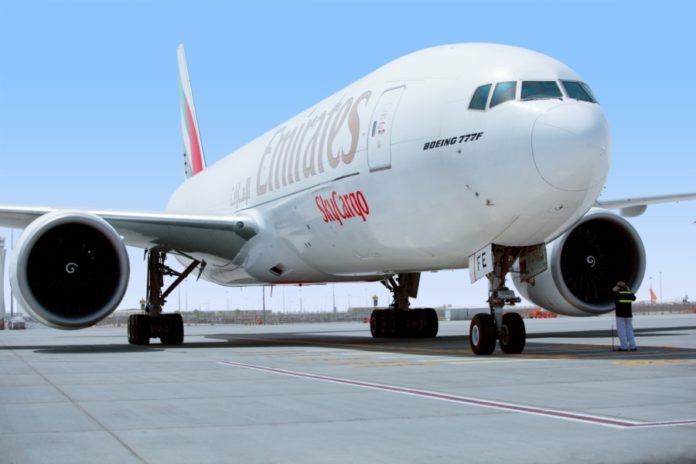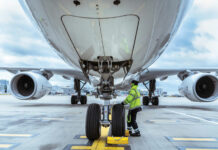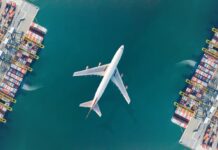

Sometimes it’s hard to discern exactly where the focus of a company is: Emirates Sky Cargo is such a company, writes Michael Mackey.
This is a company that applies itself to both extending its roster of destinations and the frequency of services as well as the specific services available on them.
Both sides of this equation are important in allowing Emirates SkyCargo to maintain its leadership position in the international air cargo market, according to Emirates vice president cargo commercial development, Dennis Lister.
“Our customer-centric approach means that we need to focus on all the above aspects at the same time rather than focusing on any one element alone,” says Lister.
Lister refused to be drawn on which was the most important to the carrier’s cargo operations saying only that there were several reasons why Emirates has become the player and cargo carrier it has.
“One is the spread of our global network – we operate our aircraft to 159 destinations across six continents,” Lister tells Air Cargo Week. That’s also a growing list.
“For 2018, we have already started new freighter services to Maastricht and on the passenger side we’ve got launches to Stansted and Santiago de Chile in the pipeline,” Lister adds.
This not only includes the main hubs but also other regional destinations allowing more direct shipment options for our customers without the need to truck their cargo to a hub, says Lister.
He also pointed to the frequency of services. This means Emirates Sky Cargo is able to offer more connections so that cargo can reach destination more quickly with “the innovative equipment we have rolled out.”
This includes: White Cover thermal blankets, its fleet of Cool Dollies, and White Containers and its customised transportation solutions or several industry verticals which bring together its expertise and its strengths.
“We’ve also recently launched Emirates AOG, our ‘must fly’ rapid transport offering to help airlines transport aircraft parts quickly to repair grounded aircraft,” says Lister.
“E-Commerce is another big focus area and Emirates SkyCargo is actively exploring opportunities that combine our strengths of network with over 155 destinations and high frequency flights on an all-widebody aircraft fleet,” he adds.
As for how all this will impact its bottom line in the current year Emirates is cautious and like so many others in the air cargo industry maybe still digesting what happened last year – generally acknowledged to be a good year all round.
“We expect to see strong demand continuing into 2018, although demand may be more stabilised,” says Lister.
“We transported 2.5 million tonnes of cargo in the calendar year 2017 and saw a good increase in the volumes of some of the specialised cargo, such as pharma, that we transport.”
Moving horses is highly relevant in the Gulf States where Emirates SkyCargo has pioneered a distinctively high-end way of moving, feeding and looking after its four-legged passengers.
Emirates SkyCargo most recently flew some of the world’s most highly rated racehorses. We are talking names such as West Coast, Mubtaahij and Talismanic, from their homes to Dubai.
Emirates SkyCargo has also transported past champions including Arrogate in 2017 and California Chrome in 2016.
Moving some of the world’s most valuable, loved and reported animals is not without challenges for the airline. Emirates has even gone as far as to adapt its planes for the horses height and in order to ensure their comfort when travelling.
“Emirates SkyCargo has developed customised horse stalls keeping in mind comfort and safety requirements of horses. These horse stalls can be directly loaded into the freighter aircraft,” Emirates senior vice president – cargo planning and freighters, Hiran Perera tells Air Cargo Week.
Emirates SkyCargo’s Boeing 777 freighters have seating space at the front of the aircraft, which can accommodate up to nine people.
“This allows for qualified and trained grooms, and vets to travel along with the horses. The seating space is connected to the main deck and this allows them to go and check regularly on the horses,” explains Perera.













